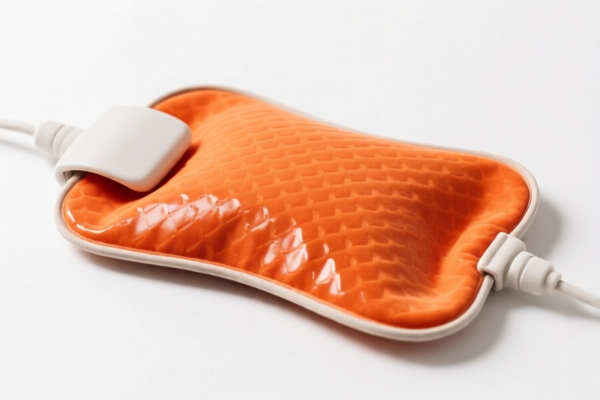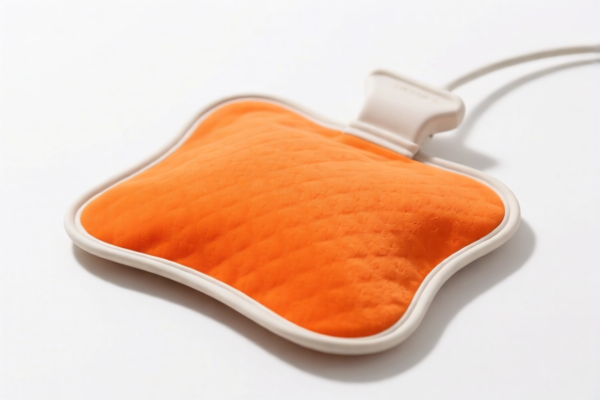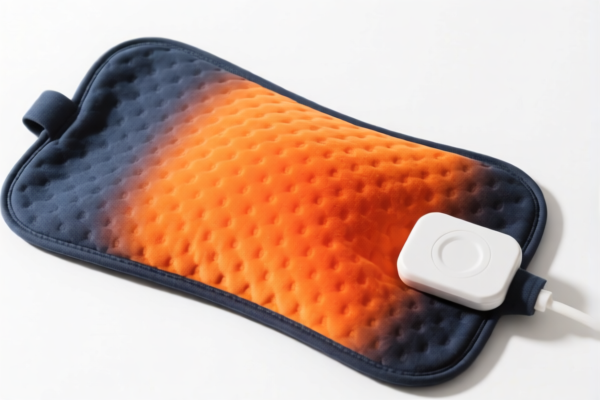| HS Code | Official Doc | Tariff Rate | Origin | Destination | Effective Date |
|---|---|---|---|---|---|
| 8473408600 | Doc | 55.0% | CN | US | 2025-05-12 |
| 8473509000 | Doc | 55.0% | CN | US | 2025-05-12 |
| 8479899596 | Doc | 32.5% | CN | US | 2025-05-12 |
| 3926905000 | Doc | 41.3% | CN | US | 2025-05-12 |
| 3926909910 | Doc | 42.8% | CN | US | 2025-05-12 |
| 3920995000 | Doc | 60.8% | CN | US | 2025-05-12 |
| 3920991000 | Doc | 61.0% | CN | US | 2025-05-12 |




Laptop Cooling Pad
A laptop cooling pad is a peripheral device designed to help reduce the operating temperature of laptops. Excessive heat can lead to performance throttling, system instability, and potential hardware damage, making cooling pads a common accessory, particularly for gaming laptops and those used for resource-intensive tasks.
Material
Cooling pads typically incorporate a combination of materials:
- Plastic: Forms the main body and structural components, offering lightweight construction and affordability. ABS plastic is common.
- Metal Mesh: Usually aluminum or steel, serves as the cooling surface for the laptop's base. The mesh facilitates heat dissipation.
- Fan(s): Plastic housings with internal electric motors and fan blades, responsible for actively moving air.
- Electronics: Includes circuitry for fan control, USB connectivity, and potentially LED lighting.
- Rubber/Silicone: Used for non-slip feet and sometimes to provide cushioning or grip for the laptop.
Purpose
The primary purpose of a laptop cooling pad is to:
- Reduce Temperature: Lower the temperature of the laptop's underside, preventing overheating.
- Improve Performance: By maintaining lower temperatures, cooling pads can help prevent thermal throttling, allowing the laptop to sustain higher clock speeds for longer periods.
- Enhance Comfort: Some pads provide an ergonomic tilt, improving typing angle and user comfort.
- Extend Lifespan: Prolong the life of internal components by reducing heat stress.
Function
Cooling pads operate through a combination of passive and active cooling methods:
- Passive Cooling: The metal mesh provides a larger surface area for heat dissipation, allowing heat to radiate away from the laptop.
- Active Cooling: One or more fans draw cool air from underneath the pad and direct it towards the laptop's base, removing heat more efficiently.
- Fan Control: Many pads offer adjustable fan speeds, allowing users to balance cooling performance and noise levels.
- Power Source: Typically powered via USB connection to the laptop, drawing power from the laptop's USB port(s).
Usage Scenarios
- Gaming: High-performance gaming laptops generate significant heat; cooling pads are frequently used to maintain stable performance during extended gaming sessions.
- Resource-Intensive Tasks: Video editing, 3D rendering, and other demanding applications benefit from the improved cooling.
- Long-Duration Use: Prolonged use of laptops, even for less demanding tasks, can cause heat buildup; cooling pads can help prevent overheating.
- Laptops with Poor Ventilation: Some laptop designs have limited airflow; cooling pads can supplement the existing cooling system.
- Hot Environments: Using a laptop in warm environments increases the risk of overheating; cooling pads can provide additional cooling.
Common Types
- Active Cooling Pads: Feature one or more fans. These are the most common type. Fan number and size vary.
- Passive Cooling Pads: Rely solely on metal mesh and airflow without fans. These are quieter but less effective.
- Vacuum Cooling Pads: Attach to the laptop's exhaust vent and actively draw hot air out of the laptop. Can be very effective but may not be compatible with all laptop models.
- Cooling Stands: Combine cooling with ergonomic elevation. Often feature metal mesh and sometimes include fans.
- Backpack Cooling Pads: Designed for use while the laptop is in a backpack, providing cooling during transport. Less common.
- Liquid Cooling Pads: Rare and expensive, utilizing liquid cooling technology for superior heat dissipation.
Laptop cooling pads are generally considered parts and accessories suitable for use with machines of headings 8470 to 8472, or other machines and mechanical appliances having individual functions. Here's a breakdown of potentially relevant HS codes based on the provided information:
-
8473408600: Parts and accessories (other than covers, carrying cases and the like) suitable for use solely or principally with machines of headings 8470 to 8472: Parts and accessories of the machines of heading 8472: Other. This code covers parts and accessories specifically for machines within the 8472 heading. A cooling pad, if designed specifically for a machine in this category, could fall under this.
- 84: Machines and mechanical appliances.
- 73: Parts and accessories for machines.
- 40: Parts suitable for use solely or principally with machines of headings 8470 to 8472.
- 86: Other.
-
8473509000: Parts and accessories (other than covers, carrying cases and the like) suitable for use solely or principally with machines of headings 8470 to 8472: Parts and accessories equally suitable for use with machines of two or more of the headings 8470 to 8472: Other. If the cooling pad is compatible with multiple machines within the 8470-8472 range, this code may be applicable.
- 84: Machines and mechanical appliances.
- 73: Parts and accessories for machines.
- 50: Parts equally suitable for use with machines of two or more of the headings 8470 to 8472.
- 90: Other.
-
8479899596: Machines and mechanical appliances having individual functions, not specified or included elsewhere in this chapter; parts thereof: Other machines and mechanical appliances: Other: Other Tow behind sweepers (While not a sweeper, a cooling pad could be considered a small appliance with a self-contained electric motor used for maintaining a device, similar in function to some of the "other" appliances listed.). This code is for other machines and appliances. Given the cooling pad contains a self-contained electric motor, it may be classified here.
- 84: Machines and mechanical appliances.
- 79: Other machines and mechanical appliances.
- 89: Other machines and mechanical appliances.
- 95: Other.
- 96: Other.
-
3926909989: Other articles of plastics and articles of other materials of headings 3901 to 3914: Other: Other Other. If the cooling pad is primarily made of plastic, this code could be relevant.
- 39: Plastics and articles thereof.
- 26: Other articles of plastics.
- 90: Other.
- 99: Other.
- 89: Other.
Regarding HS code 8479899596, please note that the description includes a parenthetical example stating a cooling pad "could be considered a small appliance." This suggests classification under this code is dependent on the specific characteristics of the cooling pad.
Customer Reviews
No reviews yet.